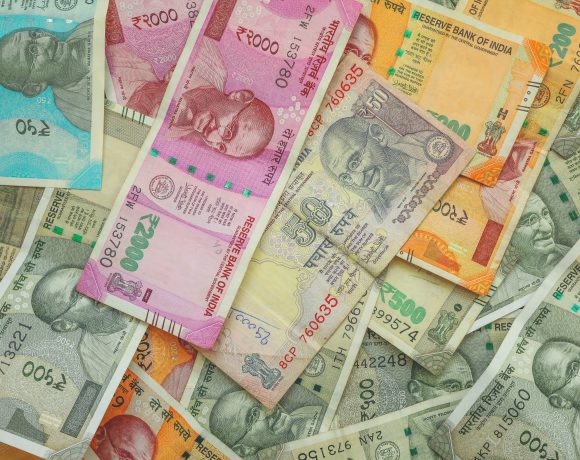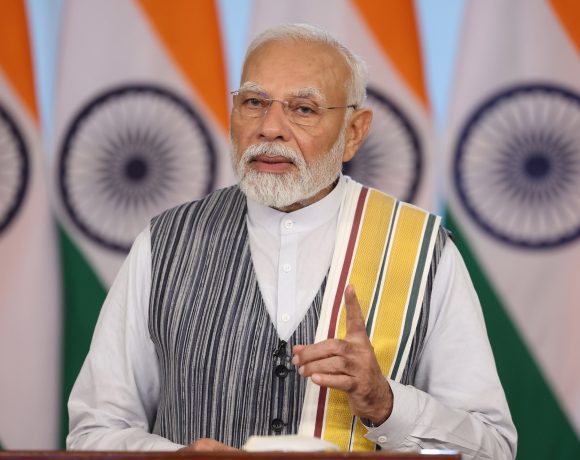
India Blocks Lentils, Embraces Soybean Oil: A BPN Trade Policy Review
When BPN published its analysis titled “The Hidden Harvest of Tariff Wars: How the U.S. Uses Trade to Push Its Crops, Not Cars,” we highlighted what many mainstream outlets ignored: that the United States wasn’t just pushing for tech and tariff parity—it was aggressively targeting India’s agriculture sector, particularly edible oil. The article forecasted a scenario where, under the cover of inflation control and bilateral diplomacy, Washington would nudge open India’s agri import gates. Now, a few months and policy shifts later, it’s time to examine what came true and what didn’t.
What was clear then, and is even clearer now, is that the U.S. wasn’t chasing a trade deal for symbolic parity—it was chasing markets for crops that were stuck in silos due to retaliatory trade wars with China. India, being the world’s largest importer of edible oils, presented the perfect fallback. And while India’s political posturing suggested resistance, its policy execution told a different story.
Soya Oil: A Backdoor Entry, Not a Frontline Fight
What BPN predicted with precision has now played out almost textbook. India’s sudden and substantial reduction of import duties on crude edible oils from 20% to 10%, bringing the total effective duty down to 16.5%, is a strategic green light to exporters—especially those in the U.S. soybean belt. This was not a routine inflation-control measure; it was a calibrated opening of a protected market at a time when U.S. soybean growers needed alternative demand.
Recent trade data confirms the surge in American soybean oil shipments to India. By the first quarter of 2025, India had absorbed nearly 20% of U.S. soybean oil exports—a figure not seen in over a decade. No formal trade deal was signed, no grand summit was called. Yet, the deal went through, quietly and efficiently. The U.S. got what it wanted: Indian market share. India got what it needed: a pressure valve on food inflation. Everyone smiled for the cameras, but only the agri-commodity charts tell the truth.
Lentils and Pulses: The Doors Stay Bolted
However, not all forecasts from our previous article unfolded in kind. One assumption—that India might ease restrictions on lentils and yellow peas as part of a broader U.S.-driven agri trade push—proved incorrect. In fact, the opposite happened. In March 2025, India imposed a 10% import duty on lentils, reversing earlier waivers. This directly hit U.S. exporters, who count India among their top destinations for red lentils (masoor).
Even more interesting is the selective nature of these decisions. While yellow peas remained duty-free until 2026, the beneficiaries were mostly Canadian and Russian suppliers, not American ones. This wasn’t just about food policy; it was about electoral math. Lentils are grown across the Hindi heartland and pulse-producing belts of Maharashtra, Madhya Pradesh, and Uttar Pradesh. Lowering barriers for imports would not just upset farmers, but trigger a backlash in regions that matter electorally.
In other words, India shut the door on American lentils but left the window open for American oil—because oil doesn’t vote.
Why the Contradiction? Economics Meets Election Maps
To understand this divergence, one must look beyond spreadsheets and into the ground realities of Indian politics. Pulses, especially chana and masoor, are deeply embedded in rural livelihoods. Imported pulses—cheaper due to subsidies or scale—could undercut India’s minimum support prices, spark agitations, and dent the ruling government’s pro-farmer credentials.
Edible oils, by contrast, are a consumer issue. India imports over 60% of its edible oil needs already. Lowering duties here helps ease retail inflation—a political plus—without hurting any major domestic producer base. There are no large-scale oilseed farmer protests waiting to erupt. So the choice was clear: protect the lentil-growing voter; placate the urban oil-buying voter. And in doing so, throw a quiet lifeline to U.S. soybean exporters.
The Quiet Concession: How a Global Power Deal Was Dressed as Domestic Reform
While public statements continued to highlight India’s resistance to “Western pressure” and emphasized Atmanirbhar Bharat, the reduction in edible oil tariffs effectively did what any trade pact would have. It gave American agri exporters a foothold. Yet, it was executed under the label of inflation control. No mention was made of foreign lobbying, U.S. farm interests, or trade negotiations. Instead, the policy was framed as an urgent domestic necessity—keeping oil prices in check, helping consumers, and reducing kitchen budget stress.
But anyone watching closely knew this wasn’t just about kitchens. The timing aligned too well with U.S. trade interests. India had just concluded a fresh round of backchannel economic dialogues with the U.S. There were talks about greater cooperation, removal of Trump-era tariffs, and easing market access. And in the weeks that followed—voilà—a policy emerged that benefitted American soybean farmers more than any farmer in Vidarbha.
This kind of diplomacy—where you don’t announce a deal but still deliver one—is the hallmark of modern realpolitik. It lets governments posture for their local base while offering silent compliance to foreign partners. What’s astonishing is how few noticed, and how effectively the narrative was managed.
Where Does It Leave the Indian Farmer?
For now, Indian pulse farmers remain insulated—but only just. If soybean oil becomes the blueprint, there’s no telling what comes next. The edible oil sector was always the low-hanging fruit: high dependency, low domestic lobby, high inflation sensitivity. But global commodity exporters will now smell opportunity in other agri markets too. If India blinked once, they’ll push again.
Lentils may have been spared, but wheat, corn, and processed foods could soon be under similar pressure. Meanwhile, trade negotiators in Washington and Des Moines are surely emboldened. One breakthrough often sets precedent for more. The Indian government, while earning short-term inflation respite, may soon find itself managing a slippery slope between economic diplomacy and electoral optics.
The BPN Verdict: A Partial Fulfilment, But a Full Warning
The original BPN article wasn’t written as prophecy—it was an interrogation of subtle patterns in global agri-trade. And while not every thread unraveled as anticipated, the core prediction—that the U.S. would push its crops, and India would eventually accommodate—has borne fruit. Soybean oil was the entry point. The question now is: what next?
India must decide whether its farm economy will be shaped in Indian fields or Washington backrooms. Because if this selective trade policy continues, the resistance to American agricultural incursion may just be a myth dressed in khadi. And next time, there might not be a lentil left to protect.


















